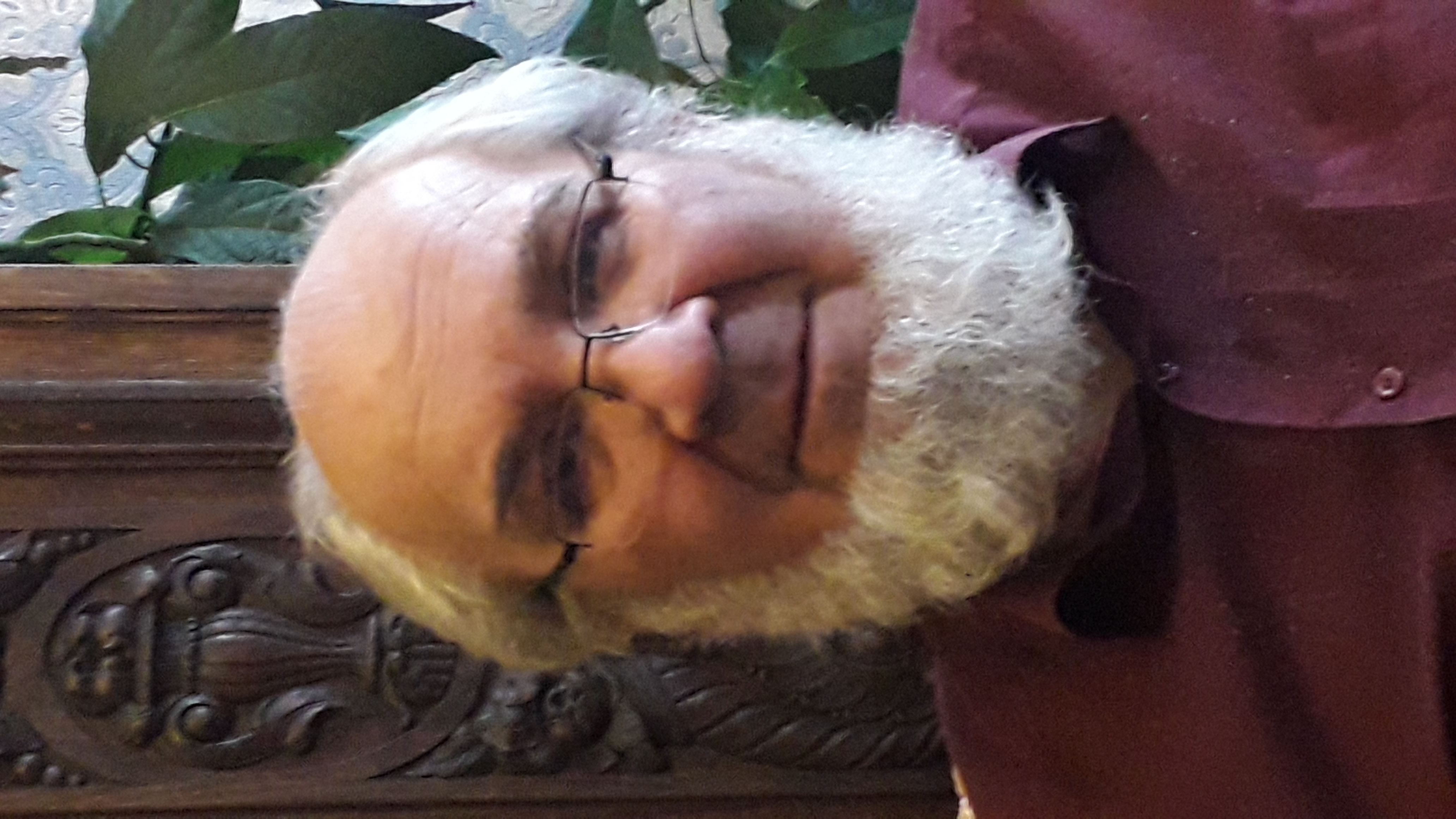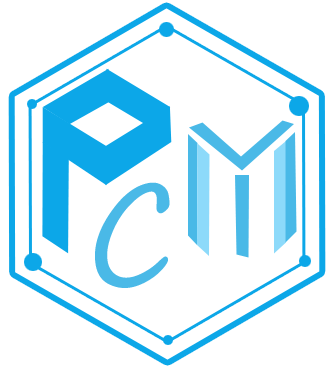Invited Speaker

Andrey Pavlychev
Professor, Solid States Electronics Department, St. Petersburg State University, RussiaSpeech Title: Atom-molecular Architecture of Native Bone: Composition and Spatiotemporal Changes under Biogenic and Pathogenic Conditions
Abstract: Native bone is a hierarchically organized triple (organic – mineral – water) composite. X-ray diffraction, X-ray photoemission, Raman and IR spectroscopies were applied to study the interplay of organic and mineral nanocomponents under biogenic and pathogenic conditions. The first samples group – cortical bone of young, adult and mature healthy rats – is used to inspect temporal changes in bone composite. The second samples group – saw-cuts of human femur at arthroplasty of the osteoarthritis (OA) damaged knee compartment – is used to inspect spatial changes in the composite.
We discuss the correlated changes in the Ca 2p3/2,1/2, P 2p3/2,1/2, F, O, N and C 1s- core electrons binding energies, degrees of crystallinity, sizes of crystallites, Ca2+ deficiency and lattice-constants of calcium-hydroxyapatite (Ca10(PO4)6(OH)2).
CONCLUSIONS: Mineralized bone is a kind of electric battery composed from nanometric cells formed from negatively charged nanocrystals immersed into positively charged hydrated nanolayers. This nanoenergy concept is tightly related with aging processes because the nanocells are strongly charged in a newborn bone and discharge with age. The counter Ca2+ and OH ionic currents reduce the inhomogeneity in charge distribution. The interplay of organic subsystem with nanocrystals is examined and the electrostatic energy density as a function of age is computed. The OA deviations are due to catalytic reactions, carbonization and amorphization of mineral bone at the collagen – mineral interface. These processes are enhanced in the border of “erased cartilage-mineral”, but not inside the sclerosis area where the restoration of bone mineral is detected. Statistical and individual aspects of spatiotemporal changes in bone under biogenic and pathogenic conditions are discussed. The specific role of water in the composite is discussed in more details. The work is financially supported by Russian Science Foundation Grant 23-21-00172.
Biography: Professor Andrey Pavlychev is researching the electronic and atomic structure and atomic dynamics in free molecules, clusters, encapsulated molecules and solids. Recently, his main interests have been focused on composites and hierarchical nanostructures, in particular, on bone that is the most complicated matter in nature. Since 1996 Dr. Pavlychev is a professor at the St. Petersburg State University in the Solid States Electronics department. He lectures “Electronic structure of solids”, “Quantum chemistry of polyatomics”, “Nanophenomena in solids”. Professor Pavlychev has published more than 150 papers on Molecular and Cluster Physics, Condensed Matter, Hierarchical Nanostructures, Material Science, Medical Physics and Engineering Science. Professor Pavlychev actively and successfully collaborates with research groups in Leipzig and Bonn Universities, Free University (Berlin), Tohoku University and Photon Factory in Japan and other scientific centers. He has succeeded in studies of dynamic localization of core-excited polyatomic systems, angular distributions of the photoelectrons in fixed-in-space molecules, the spatiotemporal changes in the atom-molecular architecture of bone tissues and the hierarchy effects in electronic and atomic structure of bone. Since 2015, he successfully collaborates with Russian Medical Research Center of Orthopedics and Traumotology. He is the leader of research projects “Relationships between Hierarchical Organization of the Skeleton and Nanostructure of Bone Tissue” supported by the Russian Basic Research Foundation (19-02-00891) and “Spatiotemporal Changes in Atom-molecular Architecture of Bone Tissue: The Basis of a Novel Convergent Technology” supported by the Russian Scientific Foundation (23-29-00172).
